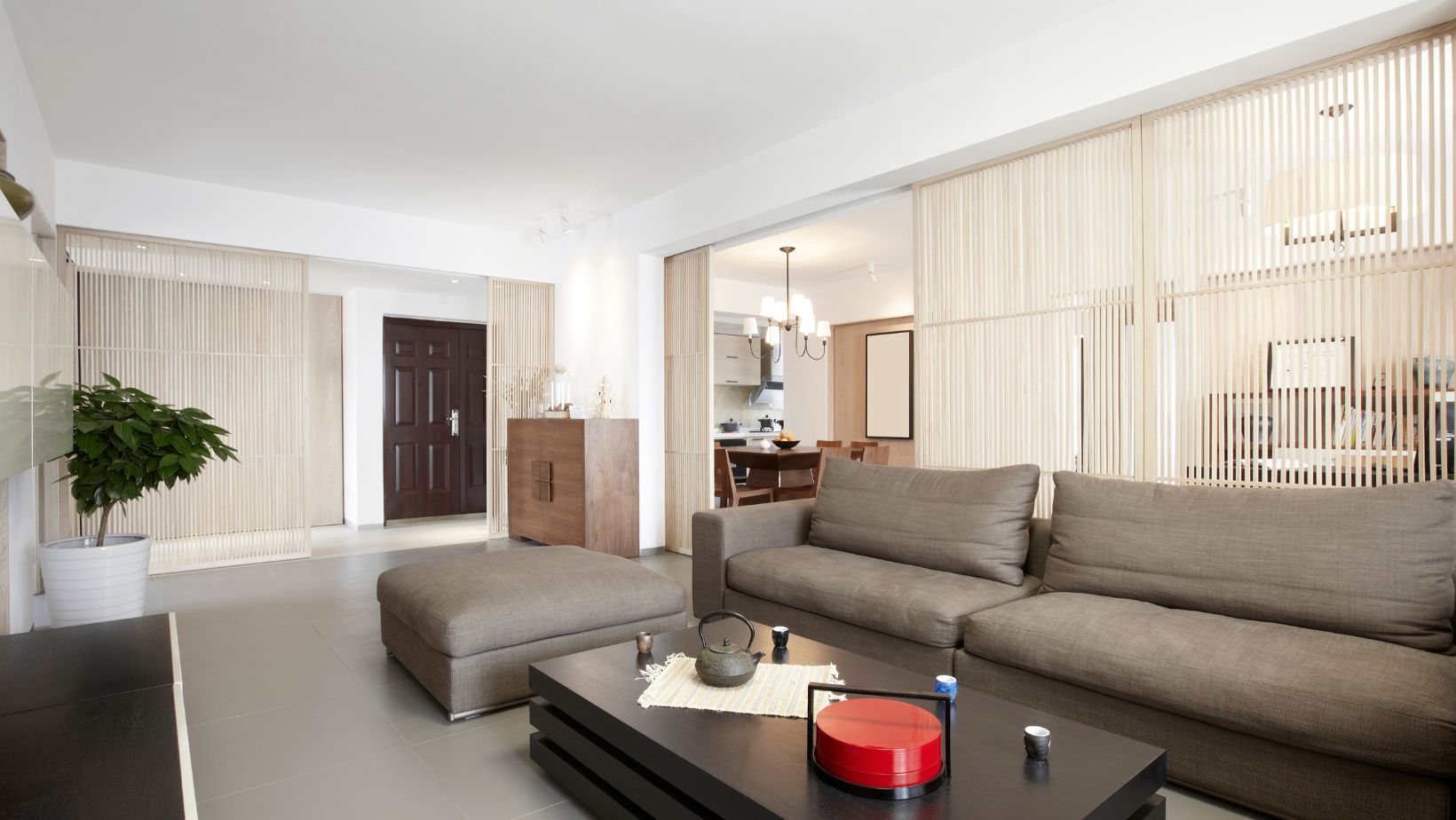Maintaining a clean home isn’t just about aesthetics. Regular cleaning, particularly vacuuming, plays a critical role in promoting a healthy living environment. However, the question remains: how often should you vacuum? The answer isn’t as straightforward as one might expect, as it depends on several factors, including the type of flooring, household occupancy, and the presence of pets. Whether you’re using traditional methods or opting for cordless vacuum cleaning for large spaces, this article delves into these considerations to help you create an optimal vacuuming schedule.
Why Vacuuming is Essential
Vacuuming is a vital part of home maintenance, serving several purposes:
- Reduces Allergens: Dust, pet dander, and pollen can accumulate in carpets and rugs, triggering allergies and respiratory issues.
- Improves Air Quality: Regular vacuuming helps to remove these particles, improving indoor air quality.
- Extends Carpet Life: Removing embedded dirt and debris can help maintain the appearance and texture of carpets, prolonging their lifespan.
General Guidelines for Vacuuming Frequency
High-Traffic Areas
For high-traffic areas such as living rooms, hallways, and entryways, it is advisable to vacuum at least twice a week. These areas accumulate dirt and debris more quickly due to frequent use.
Low-Traffic Areas
Bedrooms and other lesser-used spaces can typically be vacuumed once a week.

This frequency is generally sufficient to keep dust and allergens at bay in areas with minimal foot traffic.
Homes with Pets
If your household includes pets, especially those that shed fur, daily vacuuming might be necessary in high-traffic areas. Pet hair, along with dander, significantly contributes to indoor allergens.
Homes with Allergies or Asthma
For individuals with allergies or asthma, vacuuming three to four times a week is recommended. This frequency helps to minimize allergen buildup and maintain a healthier air quality.
Factors Influencing Vacuuming Frequency
Type of Flooring
- Carpeted Floors: Carpets trap dust, hair, and allergens more than hard floors, requiring more frequent vacuuming.
- Hardwood or Tile Floors: These surfaces do not trap debris as carpets do, but they benefit from regular dusting and vacuuming to remove loose particles.
Household Size
Larger households or those with children will likely require more frequent vacuuming due to increased activity and potential messes. Twice a week is a minimum recommendation for such homes.
Presence of Allergens
Homes located in areas with high pollen counts or near construction sites might need more frequent vacuuming to combat the influx of outdoor allergens and dust.
Tips for Effective Vacuuming
- Use the Right Attachment: Utilize the vacuum’s attachments to reach corners, upholstery, and tight spaces.
- Slow and Steady: Vacuum slowly to ensure maximum dirt and allergen removal.
- Regular Maintenance: Keep the vacuum in top condition by replacing bags or emptying canisters regularly, and cleaning or replacing filters as needed.
Creating a Customized Vacuuming Schedule
To develop a vacuuming routine tailored to your specific needs, consider the following:

- Evaluate Traffic Levels: Identify high and low-traffic areas in your home and adjust vacuuming frequency accordingly.
- Monitor Allergens: Keep track of allergic reactions and adjust your cleaning schedule to help alleviate symptoms.
- Pet Habits: Observe your pet’s shedding patterns and behavior to determine if more frequent vacuuming is necessary.
Benefits of Sticking to a Vacuuming Routine
- Consistent Cleanliness: Regular vacuuming maintains a consistently clean and healthy living space.
- Reduced Wear and Tear: A routine helps prevent the buildup of dirt that can wear down carpet fibers over time.
- Improved Mental Well-being: A clean home can contribute to a sense of order and reduce stress.
In conclusion, while the frequency of vacuuming may vary based on individual circumstances, establishing a regular schedule is key to maintaining a clean and healthy home environment. By assessing factors such as foot traffic, pet ownership, and the presence of allergens, homeowners can devise a vacuuming routine that best suits their needs. A well-maintained vacuum and attentive cleaning habits will ensure that both the air quality and the aesthetic of the home are preserved.









